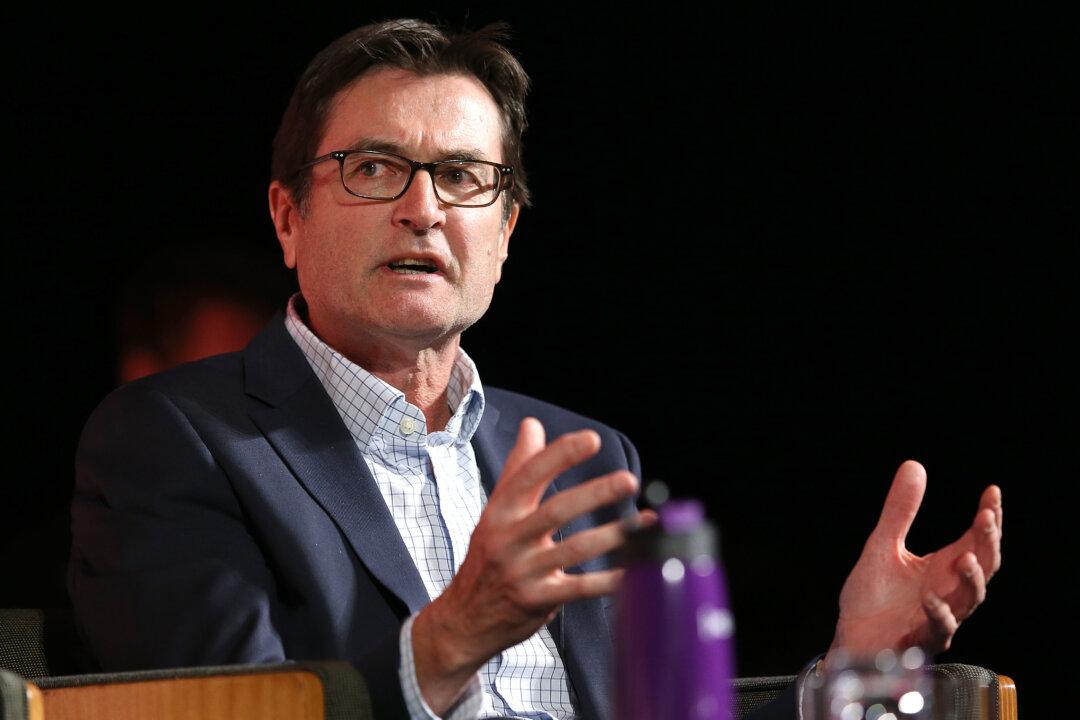A large contingent of Australian medical professionals are pushing back against attempts to create gender-neutral and diverse medical language over concerns that it may distort data and lead to severe errors in conducting procedures.
One hundred and twenty medical researchers, doctors, midwifery professors, and senior clinicians signed a letter addressed to peak funding body the National Health and Medical Research Council (NHMRC) on Jan. 1.





